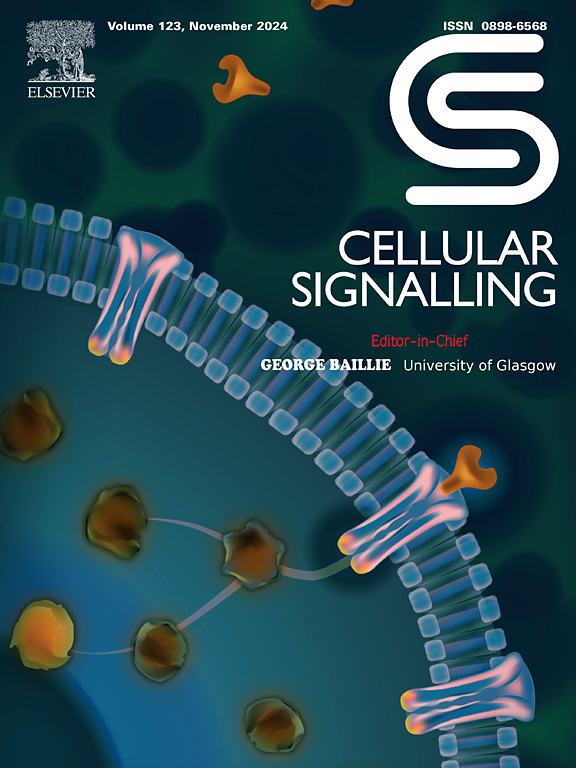Induction of FAM46C expression mediated by DNMT3A downregulation is involved in early-onset preeclampsia through gene body methylation
IF 4.4
2区 生物学
Q2 CELL BIOLOGY
引用次数: 0
Abstract
Background
Aberrant methylation of genomic DNA has been found in preeclamptic placentas, which is characterized by elevated DNA methylation and hypermethylation of gene body regions, but the underlying mechanism is not yet fully understood.
Methods
Global DNA methylation was assessed through ELISA and HPLC. The methylation sites were detected using the Illumina Human Methylation 450 K Microarray. The methylation level of FAM46C promoter and gene body was detected through the bisulfite sequencing. RNA-seq was utilized to investigate the mechanism by which DNMT3A and FAM46C mediate the migration and invasion of trophoblast cells.
Results
We discovered that DNMT3A knockdown led to elevated levels of gene body methylation and FAM46C transcription. FAM46C downregulation completely rescued the suppressive effects caused by DNMT3A knockdown on the migration and invasion of trophoblast cells. Mechanistically, DNMT3A reduction led to an increase in the enrichment of DNMT3B and DNMT1 in the gene body region of FAM46C. The results of transcriptome sequencing showed that DNMT3A and FAM46C regulate the adhesion of trophoblast cells. Elevated expression of FAM46C and increased methylation levels within its gene body region were observed in extravillous trophoblast cells of early-onset preeclamptic placentas.
Conclusions
DNMT3A-mediated aberrant FAM46C gene body methylation is relevant to the development of early-onset preeclampsia.
DNMT3A下调介导的FAM46C表达诱导通过基因体甲基化参与了早发性子痫前期的发病。
背景:在子痫前期胎盘中发现了基因组 DNA 的异常甲基化,其特征是 DNA 甲基化升高和基因体区域的高甲基化,但其潜在机制尚未完全清楚:方法:通过酶联免疫吸附和高效液相色谱法评估全球 DNA 甲基化情况。采用 Illumina 人类甲基化 450 K 芯片检测甲基化位点。通过亚硫酸氢盐测序检测 FAM46C 启动子和基因体的甲基化水平。利用RNA-seq研究了DNMT3A和FAM46C介导滋养层细胞迁移和侵袭的机制:结果:我们发现,DNMT3A敲除会导致基因体甲基化和FAM46C转录水平升高。结果:我们发现,DNMT3A敲除会导致基因体甲基化和FAM46C转录水平升高,而FAM46C的下调可完全缓解DNMT3A敲除对滋养层细胞迁移和侵袭的抑制作用。从机理上讲,DNMT3A的减少导致DNMT3B和DNMT1在FAM46C基因体区域的富集增加。转录组测序结果显示,DNMT3A和FAM46C调控滋养层细胞的粘附。在早发性子痫前期胎盘的滋养层外细胞中观察到了FAM46C的表达升高及其基因体区甲基化水平的升高:结论:DNMT3A介导的FAM46C基因体甲基化异常与早发性子痫前期的发生有关。
本文章由计算机程序翻译,如有差异,请以英文原文为准。
求助全文
约1分钟内获得全文
求助全文
来源期刊

Cellular signalling
生物-细胞生物学
CiteScore
8.40
自引率
0.00%
发文量
250
审稿时长
27 days
期刊介绍:
Cellular Signalling publishes original research describing fundamental and clinical findings on the mechanisms, actions and structural components of cellular signalling systems in vitro and in vivo.
Cellular Signalling aims at full length research papers defining signalling systems ranging from microorganisms to cells, tissues and higher organisms.
 求助内容:
求助内容: 应助结果提醒方式:
应助结果提醒方式:


